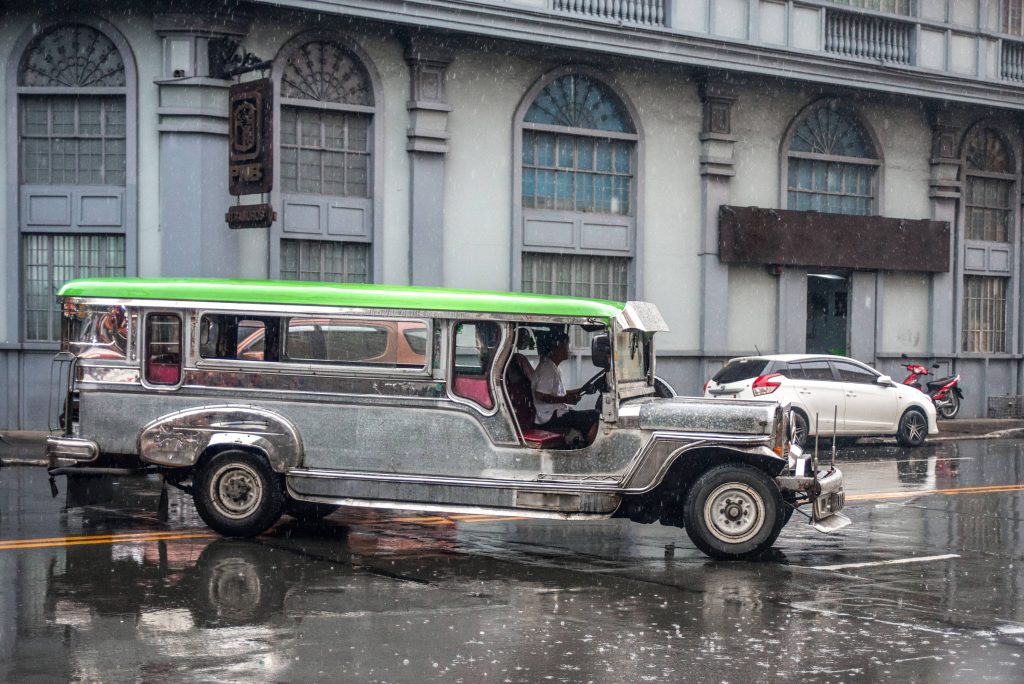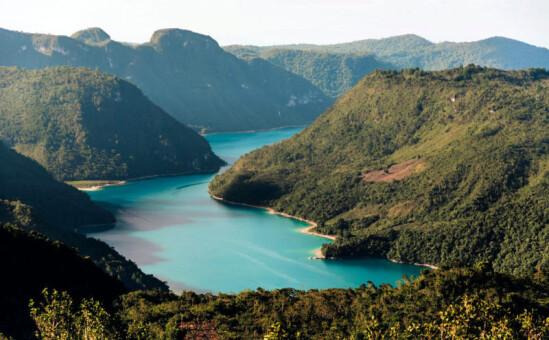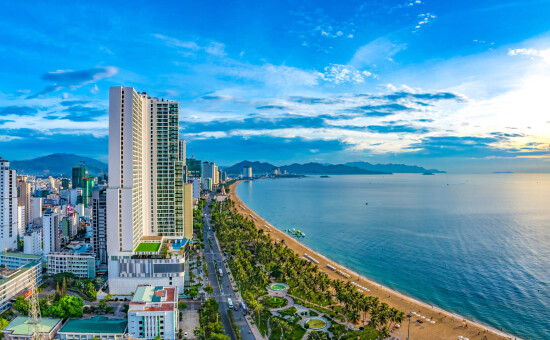A complete transportation guide to Manila
Get to & around the bustling metropolis of Manila with this transportation guide, as you immerse yourself in the sights & sounds of the city.

It may be chaotic, noisy and forever in a state of flux, but Manila still remains one of the most popular destinations for travelers in Asia! For some, the world’s most densely populated city may seem overwhelming and hence, out of bounds. But for the adventurous ones like us, Manila is an exciting puzzle waiting to be solved, especially when it comes to figuring out how to get to and around the city.
Manila is located on Philippines’ largest island, Luzon, making it possible to get there using local land transport from other parts of the island. For the purpose of this article, we’re going to delve into all the land transportation options you have to get to Manila from other parts of Luzon island, followed by some tips to help you navigate the vibrant capital city’s public transportation system.
Getting from Baguio City to Manila
Located 245 Km apart from each other, the southward route from Baguio City to Manila takes you from the ‘Summer Capital of Philippines’ to its official capital city. A considerable change from the cooler climate of Baguio, the journey to Manila will take you through a large section of the length of Luzon island from north to south.
There are two ways to travel from Baguio City to Manila. The most popular way is to take either a luxury bus or a regular tourist bus, which travel on this route several times daily. While the former takes around 8 hours to travel the distance and costs roughly USD 21 per person, the latter takes only 6.5 hours and is priced at USD 14 per person.

If time and money are important considerations for you, take the tourist bus which is faster and cheaper. Having said that, the luxury bus is a lot more comfortable, equipped with plush, leather seats, leg rest and onboard entertainment with every seat. If you’re planning to take the 8-hour long journey, consider opting for an overnight bus which starts late in the evening and will drop you at your destination early in the morning. It’s an easy way to save on accommodation expenses for a night!
Alternatively, if you prefer more comfort or need to get to Manila faster, renting a private car may be the way to go. Costing around 150-175 USD, you can expect to reach Manila in 4.5 hours, much quicker than taking a bus to Manila. As a bonus, you may even be able to split the cost of the car if you are travelling with a couple of other people!
Getting from Laoag City to Manila
Laoag City is situated in the northernmost part of Luzon island, approximately 482 Km away from Manila, a distance that covers more than half of the total length of the island. If planning to travel to Manila from Laoag City by bus, get ready for a long but enjoyable journey of 9 hours.
The only mode of transportation available on this route is a bus ride, which is available from two bus operators. Choose between a standard or a tourist bus, both of which are equipped with wifi and entertainment onboard and are priced similarly to each other, averaging around USD 25 per person.

However, the standard buses do not have a toilet onboard, so if that’s an important feature for you, consider taking the tourist buses instead. Another thing to consider when choosing a bus route is the drop off point in Manila. Some buses end their journey in Pasay and others in Sampaloc neighborhood of Manila. Depending on your final destination, choose the bus route most convenient for you.
Getting from Banaue to Manila
A popular tourist town in the northern part of Luzon island, Banaue is known for its magnificent rice terraces. A historic world heritage site in the Philippines, Banaue is directly connected with Manila via road.
Covering a distance of 385 Km, travelling from Banaue to Manila takes 8-9 hours whether you choose to take a bus or a minivan. If opting for a bus journey, keep in mind that there are standard, tourist and VIP buses available. While the standard and tourist bus tickets are both priced at USD 14 per person, the VIP bus ticket comes to USD 17 since these buses feature a toilet onboard.
Alternatively, rent a minivan if you’re travelling in a large group and enjoy a fuss-free journey to Manila. This mode of travel also offers you the flexibility and convenience of choosing your pick up and drop location in Banaue and Manila respectively.
How to get around Manila
Before we get into the details of what, how, and where, here’s a basic rule of thumb if you want to be able to navigate through and experience Manila in the best way possible: Don’t be scared! That may sound pretty generic, but trust us, Manila can be as friendly as you want it to be and it is absolutely possible to have a positive experience in the city when it comes to using public transportation.

Without complicating things further, here’s a quick overview of the different modes of transportation you will come across in Manila:
Whizz through Manila on local trains
Manila’s rail transportation network has three separate lines or routes: LRT-1, LRT-2 and MRT, which connects most places in the city. While the LRT lines will get you to places like Malate and Manila City Hall, the MRT line will connect you to the Makati business district and some major shopping complexes like SM Megamall and Trinoma Shopping Center.
The biggest advantage of taking a train to travel within the city is the speed, that will help you avoid the long waiting time stuck in Manila’s infamous traffic jams. Having said that, when taking a local train, keep in mind the peak hours (7 am to 9 am and 5 pm to 9 pm) during which thousands of people crowd the trains. If possible, avoid the peak hours for a more comfortable journey.
Brave Manila’s infamous traffic on local buses
Metro Manila boasts of a very well-connected network of Point-to-Point buses that can take you to almost every nook and corner of the city. Apart from the traffic jams you’ll have to cut through, there’s really no reason to not travel on these local buses. They are a fairly cheap (USD 1.50 to 3.50 per ticket), comfortable and safe mode of transportation for the times when trains are not an option.
Take your adventures a notch higher with Jeepneys
This authentic Filipino mode of transport is not for the faint-hearted! Jeepneys are like mini buses/vans that are one of the most popular ways to move around in Manila for locals. They are very easy to spot everywhere in the Philippines, thanks to their brightly painted exteriors depicting a slice of local life through the art.

The biggest problem with Jeepneys is that they are typically crammed with people with very little breathing space or legroom. In their defense though, Jeepneys can be incredibly cheap to travel in (approximately USD 0.15 per person), especially for short distances within the city.
Go on a sightseeing spree on local taxis
If public transportation isn’t your forte, download the Grab app on your smartphone to easily book cabs anywhere in Manila. This is probably the most comfortable and safe way to commute in the city, albeit more expensive than the others. If opting to travel by cabs, beware of fraudulent local taxis that are notorious for ripping off customers and messing with the fares. To avoid all this, just stick to cabs from Grab for a hasslefree experience.
Now that you have all this information at hand, does it still seem impossible to find your way to and around Manila? We hope not! Make use of this transportation guide to plan your trip to the bustling metropolitan city and get an authentic taste of the local life in the Philippines.






